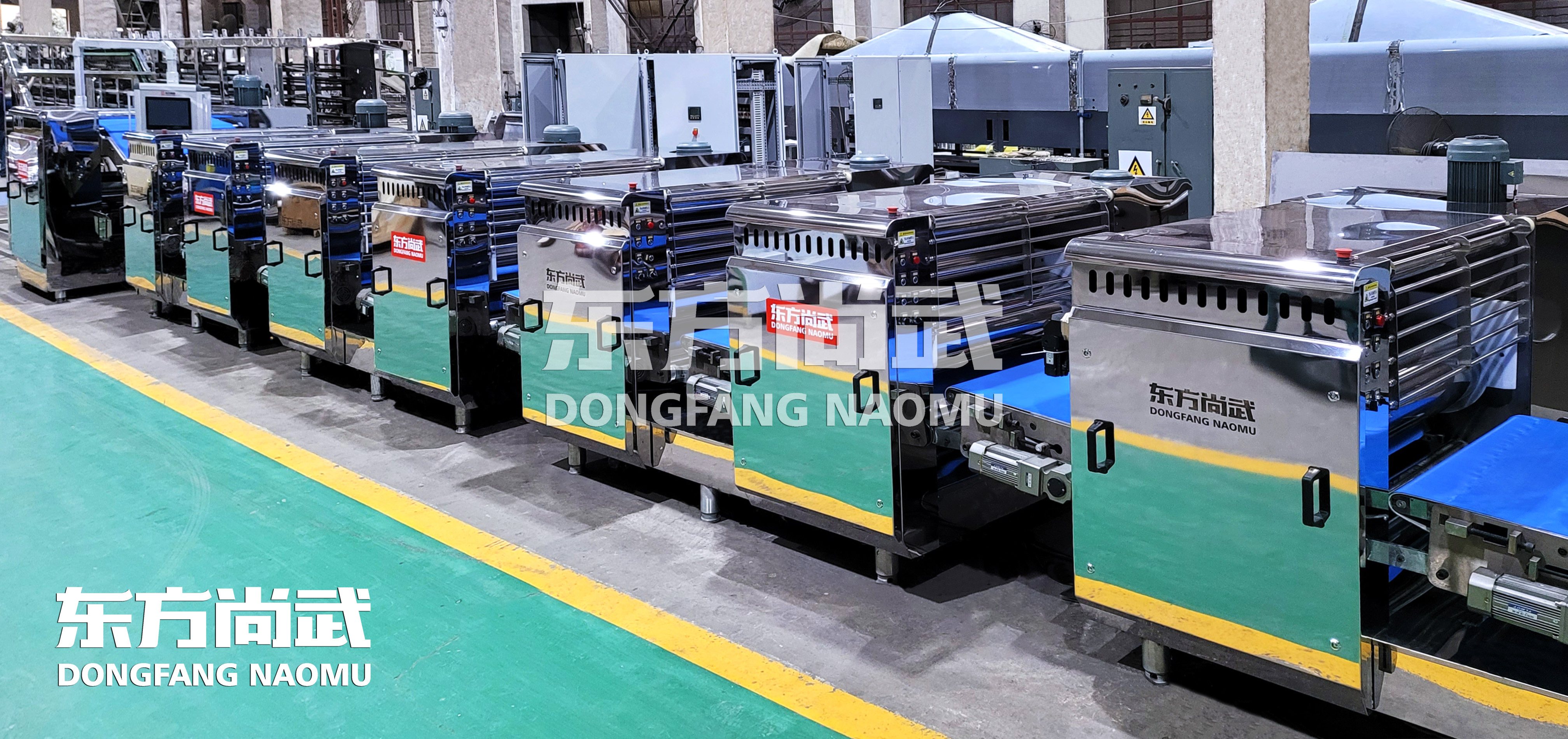How to reduce the oil consumption in the production of instant noodle production line
How to reduce the oil consumption in the production of fried instant noodles is a big trouble for instant noodle manufacturers, because it not only increases the cost of production, but also causes unnecessary waste. If the oil consumption is reduced, all the problems will be solved.
Reducing the oil consumption in the production of fried instant noodles is to reduce production costs, and the primary way to improve economic benefits. Reducing the oil consumption in the production of fried instant noodles is also a need to improve product quality, because of the relationship of rehydration, instant noodles are usually fried. , The oil content of many manufacturers' products exceeds the national standard. Therefore, reducing the oil content of products is a requirement to improve product quality. In addition, reducing the oil consumption in the production of fried instant noodles mainly starts from two aspects, one is to reduce the oil content of the product, and the other is to reduce the loss of oil in production management.
Reducing the oil content of fried instant noodle products The main factors affecting the oil content of products are the quality of wheat flour, production technology, equipment and additives and many other factors. Adding CMC (sodium carboxymethyl cellulose) to the noodle making can reduce the oil content of fried instant noodles. There are two theoretical bases. First, it improves the processing performance of the dough, makes the noodle structure compact and reasonable, and has a smooth surface. It reduces the amount of oil infiltrating into the interior of the noodles during frying; the second is that the CMC (sodium carboxymethyl cellulose) molecule has "special oiliness", which reduces the amount of oil adsorbed on the surface of the noodles. After adding complex phosphate, the oil content of the product It shows an increasing trend, and its rehydration and taste are obviously improved. The addition of sodium alginate has no obvious effect on the oil content of the product, because although it can improve the processing performance of the dough, make the surface of the noodles smooth and the internal structure is reasonable, it is not CMC. Such "oil retention" has little effect on the oil content of the product. Xanthan gum, gul gum, and sodium polyacrylate have obvious effects on reducing the oil content of the product. The mechanism of action is similar to that of CMC (sodium carboxymethyl cellulose).
Reduce oil loss in production management The loss of oil and wax in the production of fried instant noodles is mainly affected by factors such as oil quality, management, and oil deterioration speed. Indirect steam heating is often used in China, and the turnover period of oil used for frying should be shortened as much as possible. During the production of instant noodles, the frying process is continuous. Because the product continues to "absorb oil", the oil in the pot will continue to decrease. Continuous production requires continuous injection of new oil and shortening the turnover period, which will reduce the deterioration rate of the oil. Therefore, under the conditions that can ensure normal production, the volume of the fryer should be as small as possible, and the oil level during production should not be too high. High, the oil circulating in the production should be filtered. When the instant noodles are fried, there will be a small part of crumbs, and the broken head will fall into the oil. If these impurities adhere to the heat transfer surface, it will hinder the heat transfer effect and cause local overheating. These impurities will also make the oil darker, so in addition to installing a metal mesh filter device in the circulating Huai Road, after frying, it should be filtered once a day, preferably with a diatomaceous earth filter, and do not use silicon Filter the algae and periodically put the oil of the fryer in the eight storage tank and let it stand overnight, and then take the supernatant part for use.




